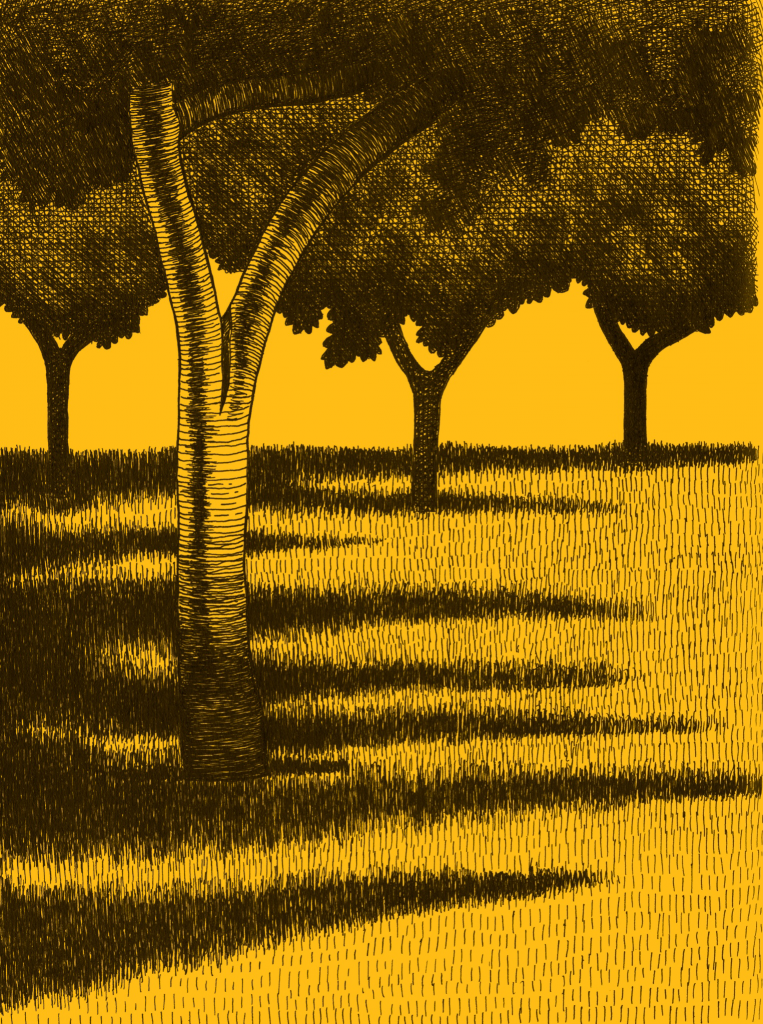This week, I am happy to announce that the drawing that accompanies this post is being featured on the Stillman & Birn company blog. As many of you know, S&B are the manufacturers of the premium quality sketchbooks that I personally use. I started using their sketchbooks a year ago and highly recommend them. The post on their site talks about the making of this drawing so I will devote this post to talking about general tips and ideas about keeping a sketchbook and my own personal experience doing so.
I first started the practice of keeping a sketchbook when I was eighteen years old. My first sketchbook was a standard 9″x12″ book just like the one I have now except with cheaper paper. From what I remember, I did traditional studies of torsos in pencil probably copied from Michelangelo; nothing too exciting. My first real attempt at keeping a sketchbook as a journal came in 1987 when I was a sophomore at the Academy of Art in San Francisco. At the time, keeping a sketchbook as a journal was something fairly new to me. During that time, I was using a spiral bound sketchbook and drawing with a Koh-I-Noor Rapidograph. The Rapidograph is a refillable technical pen that uses waterproof ink. This is important for two reasons: permanence and durability. Over time, this type of ink will endure the test of time and not fade, and it will also stand up to working in conjunction with other media such as watercolor. A Rapidograph and a premium quality sketchbook with bright white paper are the perfect pairing. The paper is heavy enough that the ink does not bleed through the page and the whiteness of the paper gives the watercolor more luminosity as its surface will reflect brighter light back through the color. Make sure that you always choose your sketchbook based on the media that you will be using. Brands like Stillman & Birn offer different variations that will handle most media.
I keep what some might refer to as a nontraditional sketchbook. For me, a sketchbook should be a journal where you put down your feelings, ideas and opinions. I think that this is very important as it helps you to find your own voice as an artist. Two people who use the sketchbook medium to its fullest potential are Barron Storey and Robert Crumb. Towards the end of my time at the Academy of Art, I was fortunate to study with Barron Storey who was working on the Marat/Sade Journals that were published by Tundra. Tundra was a publishing company owned by Kevin Eastman, the co-creator of the Teenage Mutant Ninja Turtles. Barron’s journals were nothing short of a revelation to me. They are the epitome of what a sketchbook journal is. Click his name and check out a video tour through one of his incredible journals. You should also check out his Tumblr blog that’s devoted to his journals as well. Someone else who has also had a big impact on my idea of what a sketchbook can be is famed underground comix pioneer, Robert Crumb. Although he is recognized for his revolutionary underground comics work, he has also produced volumes of sketchbook journals that, like Barron Storey’s, redefine what a sketchbook is. Although their work is very different in approach, it is similar in that they don’t hold back in their subject matter. Their sketchbooks are as honest an expression as you’re going to get in this medium. Unfortunately, there is no good source for viewing his journals online, so I suggest Googling, “Robert Crumb sketchbook,” so that you can see the amazing sketchbook work that he’s done.
In closing, I would like to say that the most important things that you should aspire to in your sketchbook are to be yourself and to express your opinions, ideas, and emotions freely and without restraint, even if you are concerned that your ideas may be unpopular ones. Perhaps, especially if you are concerned your ideas may be unpopular! Over the last ten years, I’ve noticed many more people keeping a sketchbook and I think that’s great. Sketchbooks are used by different people in different ways, but I feel that the most powerful of these uses allow a viewer to have a fuller understanding of you as both an artist and as an individual, so be sure that your sketchbook always represents who you are.


